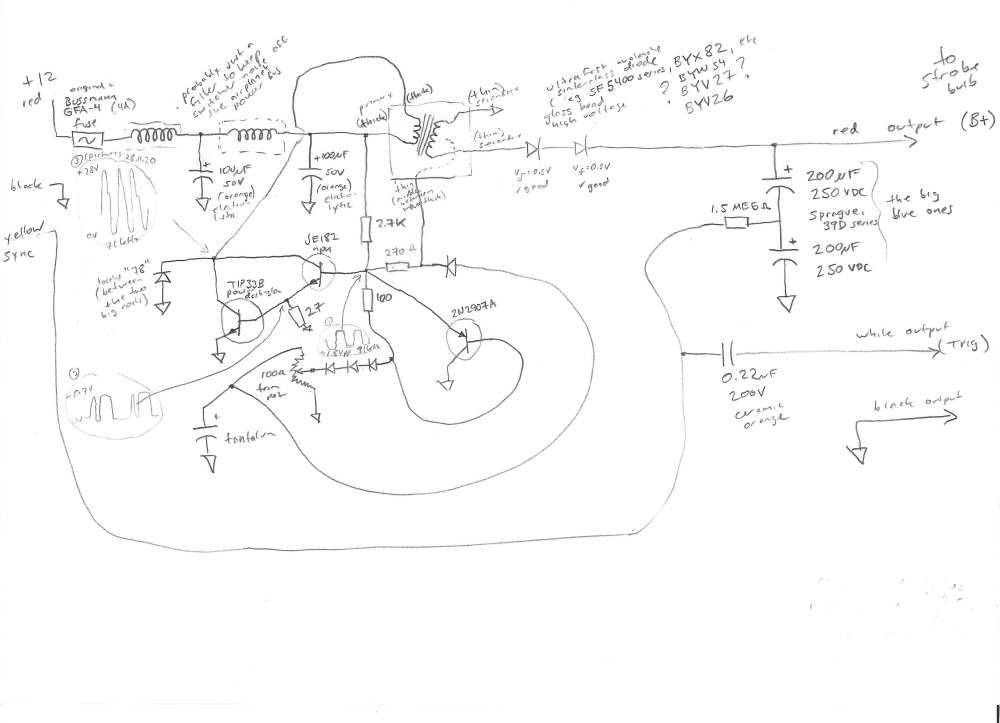
rotheroe
-
Posts
6 -
Joined
-
Last visited
rotheroe's Achievements
-
HI Pete:
I am out of town, returning Thursday. I thought I had a pic but I cannot find it. I can check the version on Thursday. I'll keep looking for the pic. I took pics of all the stuff intending to list on e-bay, but I never got around to it.
All the gauges were working when removed. I had a problem with the fuel pressure indication, my shop said it was the transducer, not the gauge. Since the transducer wasn't available at any cost, I put in a JPI 900 instead.
As I recall, there is no connector for the gauge set. All of the wires are connected with ring terminals over posts/nuts.
Larryt
-
Hi Larry, the wires with the ring terminals all go together in a harness to a single black Cannon twist connector. I guess your installer cut the wiring and re-routed to it your JPI 900, whereas KSMooniac's installer apparently just used a new Cannon connector and made a new harness to his JPI. Thus his would have been a bit easier to swap out.
None-the-less, I'm still interested. Is your unit clean with good paint on all the gauges, like KSMooniac's looked in his photo? By the way the fuel pressure transducer is a standard VDO pressure sender. Mine even had the original VDO markings on it when it failed, and I had no problem locating a new replacement in original packaging from the automotive world. Maybe less than 100% legal however.
-

HI Pete:
I'll get the pic to you on Thursday, unless weather delays me until Friday. It's pretty clean, but been 9 months since I've looked at it.
I know they changed FP transducers over the years, earlier ones were standard automotive. Mine unfortunately wasn't. I had seen an article on how to retrofit the older sensor, but it seemed a hassle.
Larry
-



